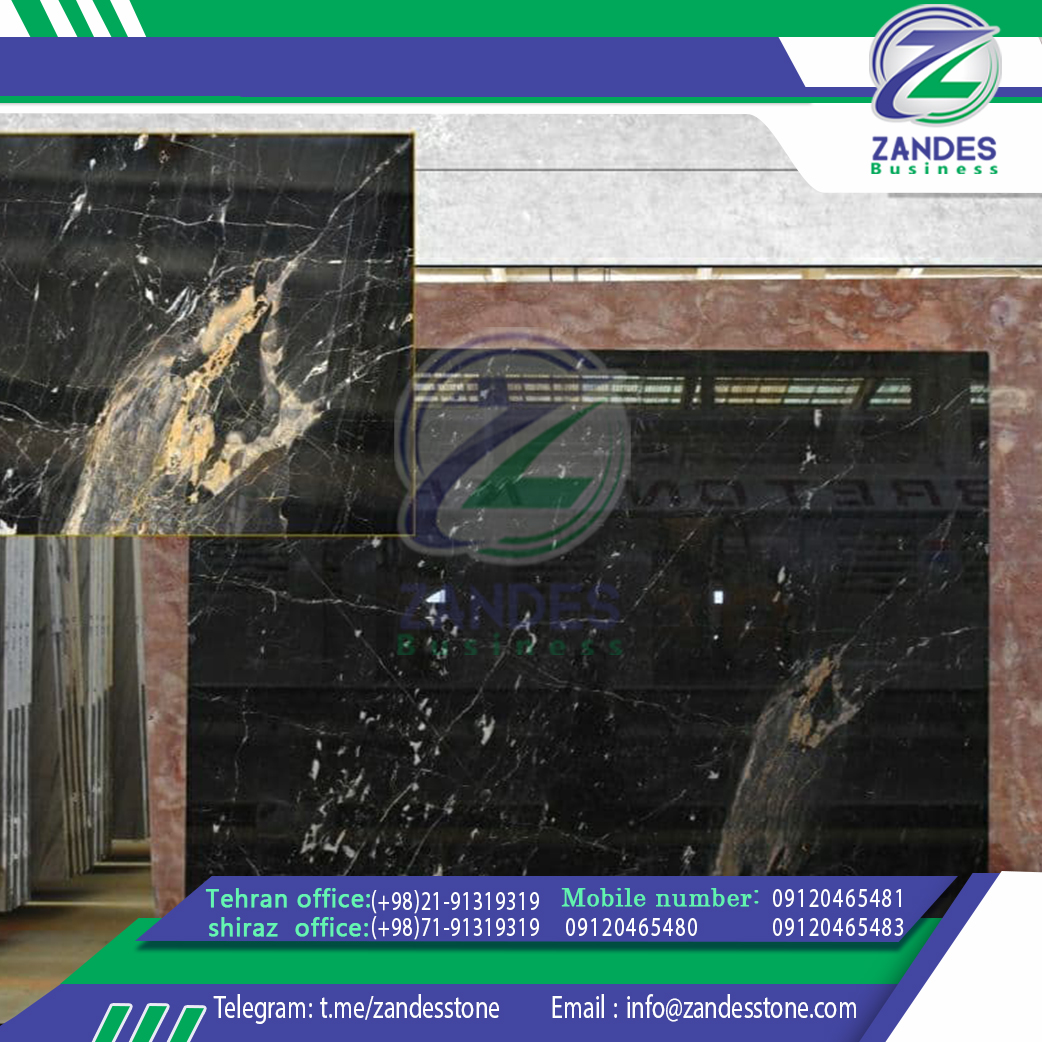
In this article, we will introduce methods for testing building stones in terms of hardness, acid resistance and porosity.
Examination of building stones in terms of hardness:
Stone hardness is another feature of stone such as mineral type, grain size, mineral grain cohesion and rock strength.
There are many methods to testing the stone hardness that these are include indentation resistance, abrasion compared to other stones.
The hardness test of stone that is examined, is one of the characteristics of stones, and this test is a special method with measurability.
Therefore, when we have knowledge about hardness test of stone, we can select appropriate stone easily; in addition, we can test abrasion stone in terms of the nature of stone and engineering application of the stones. The abrasion resistance of stones describes the react of stone in the specific conditions.
Types of stone hardness tests:
Hardness tests can be performed on object and tool that its hardness has already been determined.
Due to stone hardness is between one to ten, so three types of methods can be used to test the hardness.
Nail: the nail hardness is 2.5; if the nail can scratch a stone, it means that the hardness of the stone is 2.5
Glass: the hardness of glass is 6, so if the stone hardness is 6.
Coin: the coin hardness is3.
What do the result of stone hardness test mean?
Granite, gneiss, sandstone and quartzite scratch the glass and aren’t scratched by a mental tool.
Mental tool scratches marble, dolomitic, limestone, travertine and onyx.
Conclusion: by the hardness test. we can conclude that this test is quick and simple way to evaluate the stone.
So, this simple test can tell you a lot information about stones.
Acid test:
According to geologist statements, the term “acid test” means pouring drop of dilute hydrochloric acid on the stone or mineral and watching carbon dioxide bubbles that form as a result of the acid on the stone.
Bubbles indicate the presence of carbonate minerals such as calcite, dolomite and other minerals.
Now, here we see an acid test to distinguish marble and quartzite.
test:
pour a few drops of lemon or vinegar on a part of stone and let it stay for 5 to 10 minutes. if acid on the stone causes bubbles on the stone, so this stone contains calcite and other minerals such as travertine.
Conclusion:
Stones that contain calcite or dolomite are saturated by contact with acids.
Marble, limestone, travertine and onyx made of calcite. And dolomite is similar minerals that saturate slowly.
Porosity test:
For this test you have to place the stone in direct contact with water. First small sample of stone immerse in distilled water in a glass vessel for 10-15 minutes. The test pieces are then taking out of the water, placed on a dry cloth and surface dried with the cloth, then leave exposed to atmosphere in a shade for 10 minutes; if after this period of time, stone appears darker, it means that the stone is porous and has absorbed water; therefore, it should be sealed. But if not wet, it means it has little or no porosity.
Another way to test porosity is to use moist towel, that it should stay on the stone 10-15 minutes and then you will see the result.